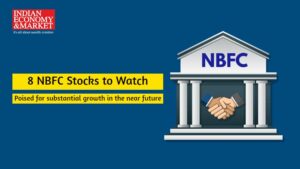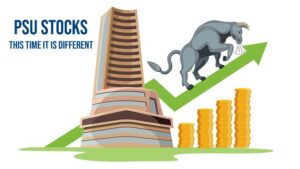By IE&M Research
Axel Polymers
- BSE Code: 513642
- CMP: `23
It’s basically a toll manufacturer of Engineering Thermoplastics. The company was managed by conservative Parsi Promoters. Due to stiff competition it lost most clients and in 2014 the company managed sales of just `5 crore. One of its key Gujarati client saw some potential and over last two years increased its sales from `5 crore to `22 crore. The client now contributes nearly 100% of its sales. What it does is simple. It would import RM from Vietnam, China and asks Axel to do toll manufacturing thing. It would then sell the finished product to its own client. It gives 8% EBITDA margins to Axel and keeps 4% margins for self. It has also given `5 crore interest free deposit to Axel. Recently the Parsis left the company and gave full control, made the Gujarati chap its MD, though they continue to own stake in Axel. The new person plans to merge Axel with his own company (same can be verified from his company’s website). He has also acquired around 10% stake in Axel. His company does sales of over `50 crore and is profitable. Axel poly is from Vadodara and its manufacturing unit posses cream land of one lakh square ft which is worth over `15 crore. The company as on date has a market cap of just around `11 crore.
Dhabriya Polywood
- BSE Code: 538715
- CMP: `144
It has a strong market hold throughout India, except for a couple of states, for which the company has made detailed marketing plans to strengthen its presence in the next one to two years. Post GST implementation, tax has reduced from 28-29% to 18%. The market is fragmented, with a lot of small players. Dhabriya Polywood is expected to benefit from potential elimination of unorganized retailers post GST. Company has recently launched a new product named ‘Dstona’, which is a composite of stone and plastic to be used for interior decoration. This would be a value-added product for the company, fetching margins in the range of 22-25%. The product is gaining great acceptability among customers and informed insiders expect the company to gain huge traction from it. It is currently selling nearly `5mn of Dstona product per month, which is expected to reach `30mn per month going forward. The company is expected to grow at a CAGR of 40% for the next three years. EBITDA margins should comfortably be around 16-17%. A lot of market veterans sensing the robust picture have already built up decent position in this small cap. Company is expected to outperform the bourses in the medium term.
SR Industries
- BSE Code: 513515
- CMP: `35
It was established in 1994 as a manufacturer of Terry Towels but business slowdown and rising input prices led to losses and thus the company diversified into contract manufacturing of Sports Footwear in 2011 after divesting the Terry Towel business. It has a State-of-the-art two lakh sqft integrated facility, built as per international standards. Product range includes sports footwear, lifestyle footwear, casual footwear, flip flops, sandals sports shoes & lifestyle shoes. It had started the production of low value products (flip flops) but gradually scaled up to sandals and sports shoes which are higher value and higher margin products. SR has reached a monthly volume of approximately 75,000 pairs per month with Puma and is growing at 25-30% p.a. Business with Fila and Umbro is growing @ 30% annually. It has also tied up with Bata and is all set to scale up the business to 100,000 pairs per month by Jan-Feb 2018. Strong relationship with MNC brands will lead to high, stable margins. Limited supplier base reduces competitive pressure. Exports of footwear expected to grow in coming years as all global brands are looking at India as an alternative to China, which is becoming uncompetitive. It has EBITDA margins of 21-22% and can end 2019 with topline of `95 crore, `20 crore of EBITDA and `10 crore of PAT.





















